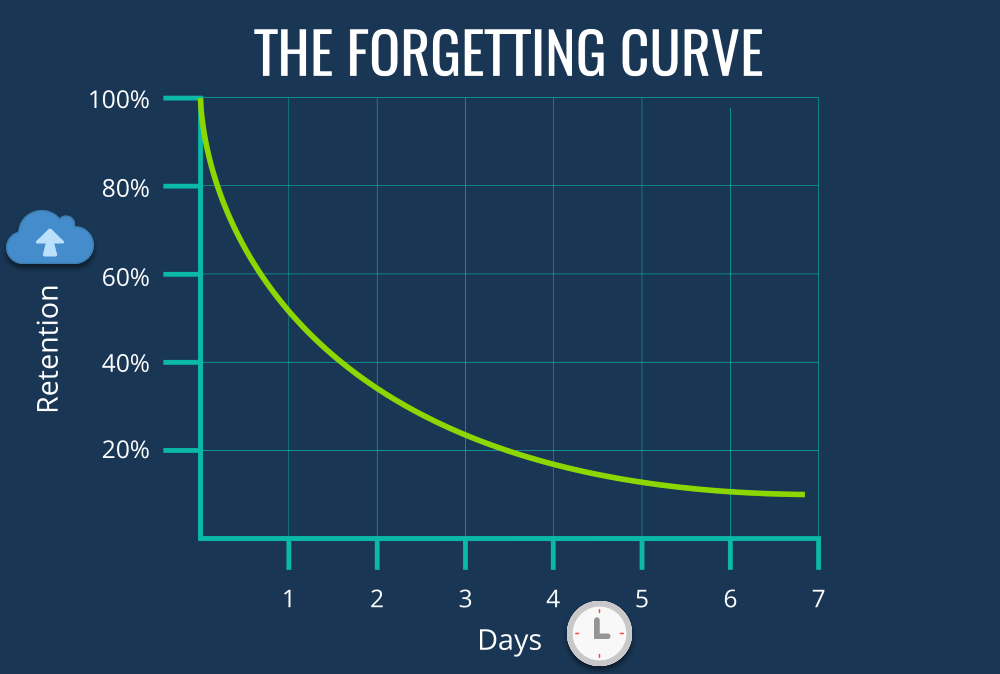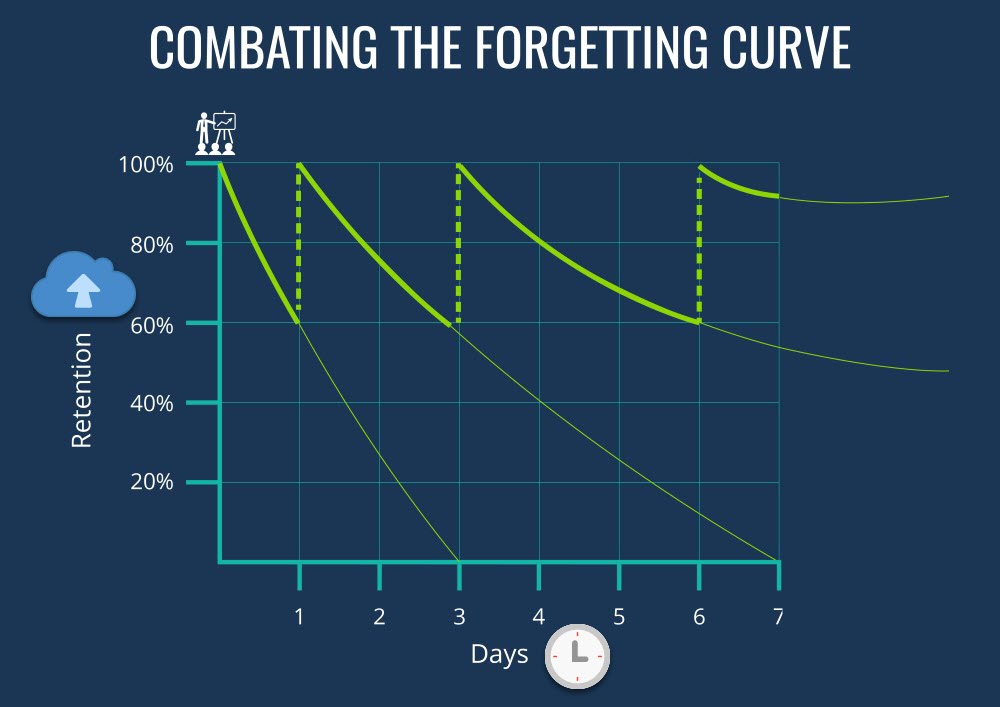
With the new normal, online training has exploded, but potential students are confused about what makes a great online training course and the results seem hit and miss.
No one wants to sit through a 400 page, death by PowerPoint ordeal, so what should you look for when you’re looking for a great online Scrum Training experience?
1. Zero Powerpoint, tailored training
It’s hard enough to learn new things when you’re confined to a computer, you don’t need to be bored to tears via a slide deck festival. We all know how it feels to hear an instructor drone on whilst scrolling through slide after slide. Half the time you can’t remember what he said on the last slide.
Learning complex skills in a classroom is very different to applying those skills in a work environment. At work, there are different variables affecting recall and performance. Imagine the challenge of driving in rush hour and how this might differ from driving being explained in a classroom setting
So that doesn’t work.
Studies show that the best way to learn new material is through varied mediums, bags of interaction, masses of activity and heaps of application to situations we will actually face.
A skilled instructor will be able to train and teach without PowerPoint, bringing the material to life and applying it to their students.
Our trainings are all zero PowerPoint, and to make it relevant we spend time rapidly understanding the student’s level of expertise and their key problem areas so we can aim the training to solving their problems whilst delivering all the necessary material.
So, ask how the instructor teaches – check for zero powerpoint, interaction, scenario-based learning, lots of question and answer, tons of application
2. Learn by doing
So ok, no PowerPoint. None. Zero. Zip. Check
The next piece to the online training puzzle is lots of activity. Are there loads of exercises to apply the concepts in a safe learning environment? Remember, lots of interaction teaches our brains that this stuff is important and gives a chance to practice, learn, and reinforce concepts to see how the material actually works. Highly interactive training creates stronger memories giving us a change to retain and recall the learning when we need it.
Learners display high levels of understanding after being presented with a theory, which lures training teams to believe they are being effective. In actuality, less than 5% of course attendees implement what they have learnt through a presentation style classroom training only approach (Joyce and Showers, 2002).
For example, when teaching Product Owners how to write great stories, we go through actual scenarios so students get to apply the skills, repeat and reinforce the concepts until they are confident – its not enough to do it once, we repeat the skills throughout the training so the skill embeds.
So, check for what kind of scenario-based training the instructor offers. Ask what other kinds of teaching/training approaches does the instructor use. Our brains thrive on variety to keep us engaged and interested. There needs to be multiple ways of generating student experience and application.
3. Blended Theory and Application
Ever been in a scenario where you’ve come off a great training, get to work and have no idea how to apply the principles? Me too. Wasn’t fun. It gets worse though. The longer you go without applying what you learned the greater the chance that you’ll never use what you learned. If your online training isn’t structured properly with the right level of application you’ll never get to use what you know.
Heard about the forgetting curve? No? Forget it. 😊
The forgetting curve is the human brains exponential capacity to forget stuff really quickly.
Go to the wrong training and you lose 90% of the knowledge within weeks. This is even faster if the delivery mechanism is a horrid slide deck.

The way to combat the Forgetting curve is to generate spaced repetition so that things sink in. A skilled instructor knows how to blend theory and relevant application to deliver training that gets naturally reinforced in the real world. If they don’t know how to do that, your efficient brain will decide that the stuff you learned isn’t important and let it go.
However, a clever instructor will have set it up so your real-world situations trigger the concepts you learned online. Then the forgetting curve looks like this.

4. They teach you how to learn
Good training courses don't spoon-feed you. We’ve already shown how passive theory-based learning doesn’t deliver the goods.
Great live online training courses should help you generate the autonomy to figure out things for yourself. Your instructor should be teaching you how to develop your own skills, where to look for and find resources and updates, and how to best integrate them into what you’ve learned already.
Look for online courses that focus on making you independent and teach you how to be a lifelong learner.
5. Highly interactive
We’ve mentioned that the online training material needs to be interactive. But this also applies to interactive sessions with fellow students and solving relevant problems together. This interactivity not only makes learning interesting but it helps you remember better. Remembering better slows the forgetting curve. And if the scenarios are relevant, then when you go back to work, those scenarios will trigger what you learned and reinforce the concepts, getting you to use what you learned.
These five top tips will help you select better online classes that really help you remember what you learned and transfer the skills you’ve learned when you get back to work.
Anything missed? Leave a comment and let me know!
Jay is co-founder of Fractal Systems Consulting, an agile consultancy run by a group of Professional Scrum Trainers, change agents and agile delivery coaches who have deep experience and know-how in creating behavioural change, come and find us at www.FractalSystems.co.uk
Additionally, if you’re interested in learning in a fun, application rich environment that focuses on real-world applied approaches, without Powerpoint, then come along to one our trainings at FractalSystems.co.uk/agile-scrum-training
Further Agile Scrum Training
 Online Professional Scrum Master Training I (PSMI)
Online Professional Scrum Master Training I (PSMI)
 Online Professional Scrum Master Training II (PSMII)
Online Professional Scrum Master Training II (PSMII)
 Online Professional Scrum Product Owner (PSPO)
Online Professional Scrum Product Owner (PSPO)


